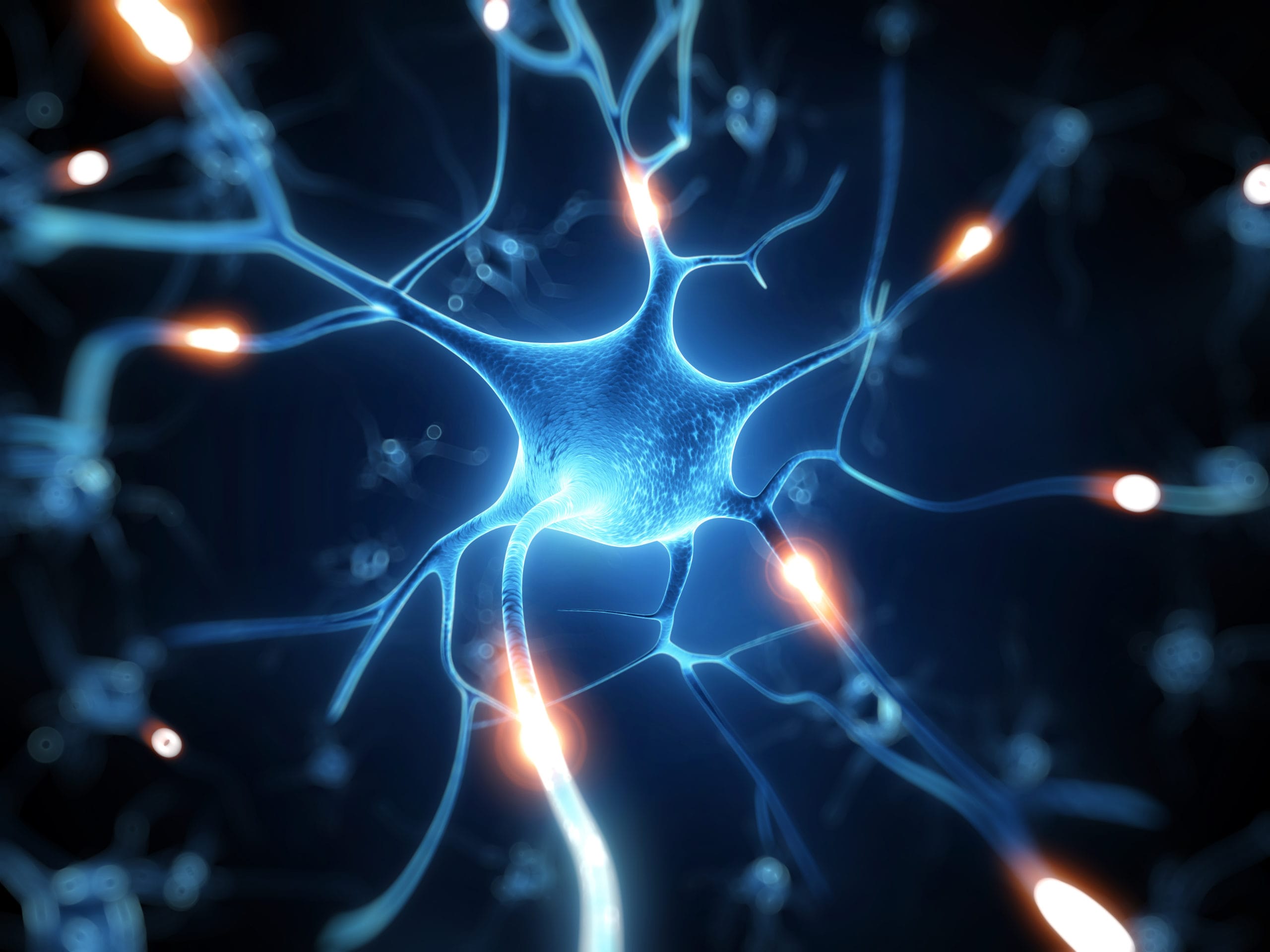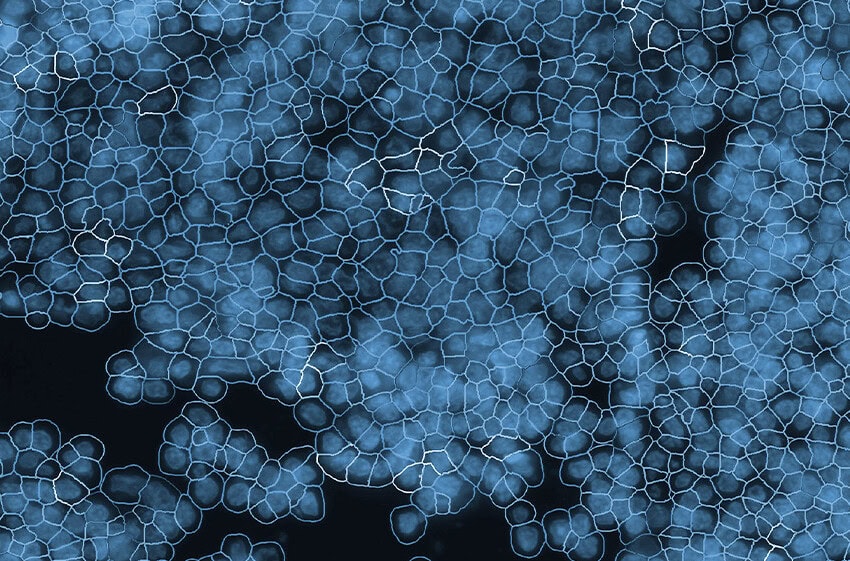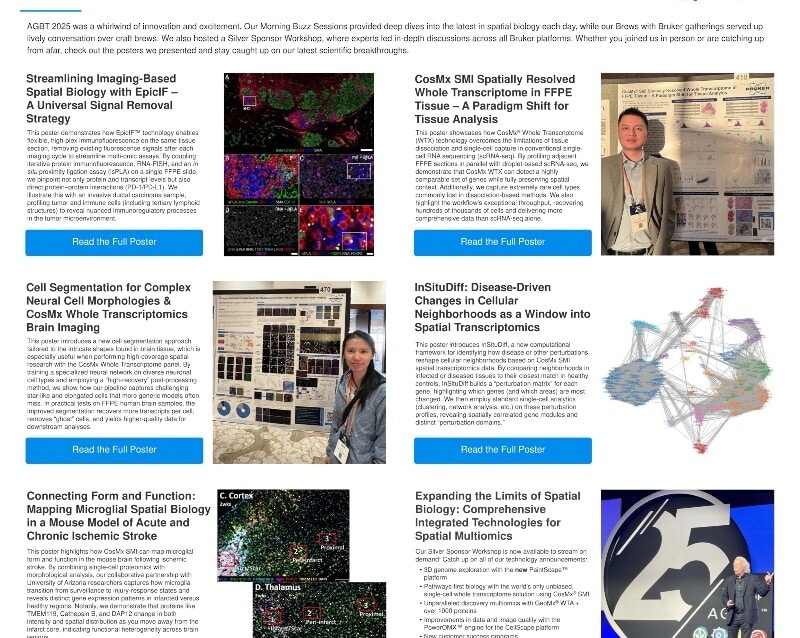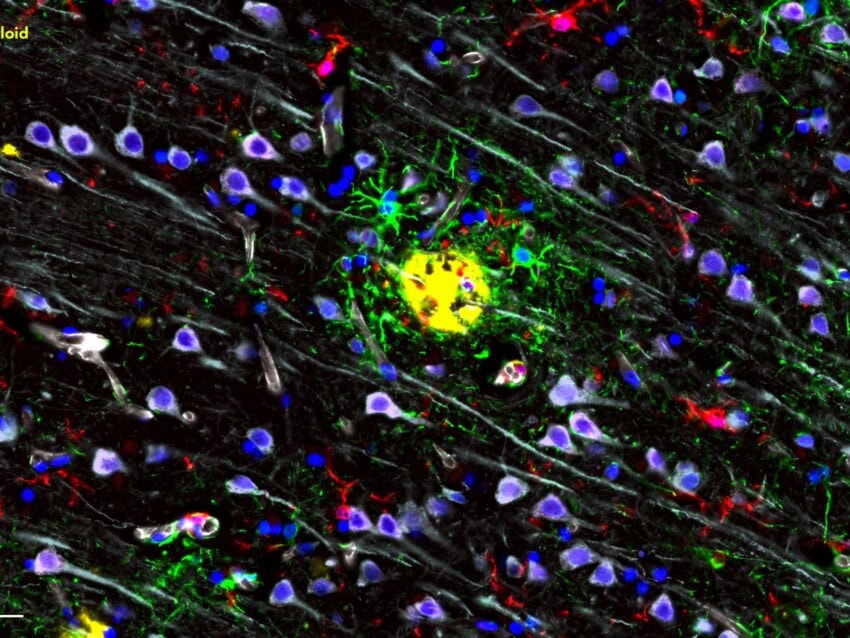
New Biology-Driven Drug Discoveries Needed for Treating of Alzheimer’s
Alzheimer’s disease (AD) is a slowly progressing neurodegenerative disorder that affects millions of people worldwide, leaving behind an immense psychological, emotional, and financial burden on patients, caregivers, and healthcare systems. There are no existing therapies to prevent the onset or progression of AD, as drug candidates and clinical trials led by major pharmaceutical biotechnology players continue to fail at an abysmal rate. The majority of these efforts are centered around the amyloid hypothesis – a concept that has been the cornerstone of AD research for over 25 years. Drugs are designed to reduce or eliminate amyloid-beta (Aβ) deposits, which are believed responsible for triggering neurodegenerative processes and promoting the observed memory loss and cognitive deficits in AD. While the failure of Aβ-targeting drugs can be the result of a flawed design or untimely/delayed administration, it highlights their neglect of other biological factors potentially integral to AD pathology. Given the lack of a definitive causal link between Aβ and AD, it is therefore imperative to explore alternate biology-driven drug strategies.
The deluge of recent discoveries in glial cell biology has shed the light on the involvement of neuroinflammation in AD pathology. Neuroinflammation is mediated by specialized innate immune cells that reside in the brain, called microglia. In their classical activation state, microglial cells release proinflammatory cytokines and free radicals that result in oxidative stress damage and neuronal loss. During states of alternative activation and acquired deactivation, however, they facilitate debris clearance and tissue repair. Treatments that can trigger a proinflammatory-to-phagocytic state conversion of microglia, by targeting individual genes, are currently being investigated.
The success and generalizability of such single-target therapies will be hampered by AD’s multifactorial nature as well as inter-individual variability in genetic makeup, environmental exposure, and comorbidity. For effective AD drug discovery and development strategies, it is therefore important to pursue a research approach that not only explores other molecular targets but also yields mechanistic-based knowledge of the disease. The prevailing hypothesis-driven approach in the field emphasizes the direct targeting of perturbed sites (amyloid plaques) with interventions that are based on theory or limited empirical feedback. Advances in high-throughput technologies and computational tools have now increased the adoption of discovery-driven approaches to uncover unique molecular insights (neuroinflammation). Through a reconciliation of both approaches, “big data” can be used to generate a systems-level depiction of AD that can be leveraged to extract actionable mechanistic biomarkers for targeted therapy.
NanoString’s nCounter® digital barcode technology can now be used to detect transcriptional alterations in innate immunity genes in AD samples. By providing a comprehensive overview of involved neurodegenerative and neuroinflammatory pathways and processes, it can advance our understanding of the complex mechanisms underlying AD and help identify biology-driven and clinically-relevant biomarkers.
Explore our new tools for translational Alzheimer’s disease research here.
Read more in Neuroscience:
Meta-analysis of AMP-AD datasets defines the transcriptional landscape of Alzheimer’s Disease

Related Content



